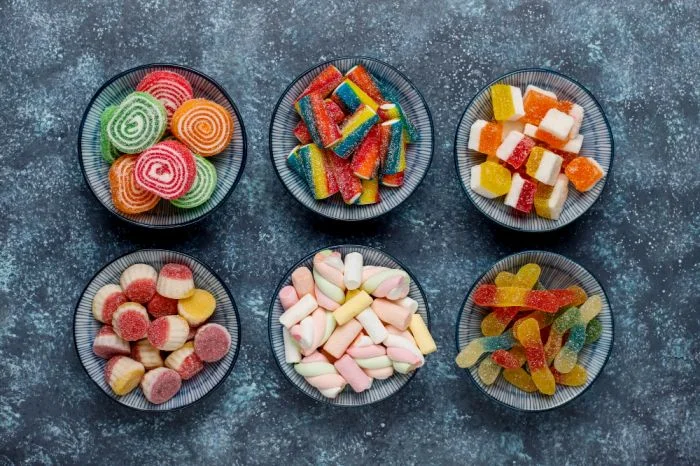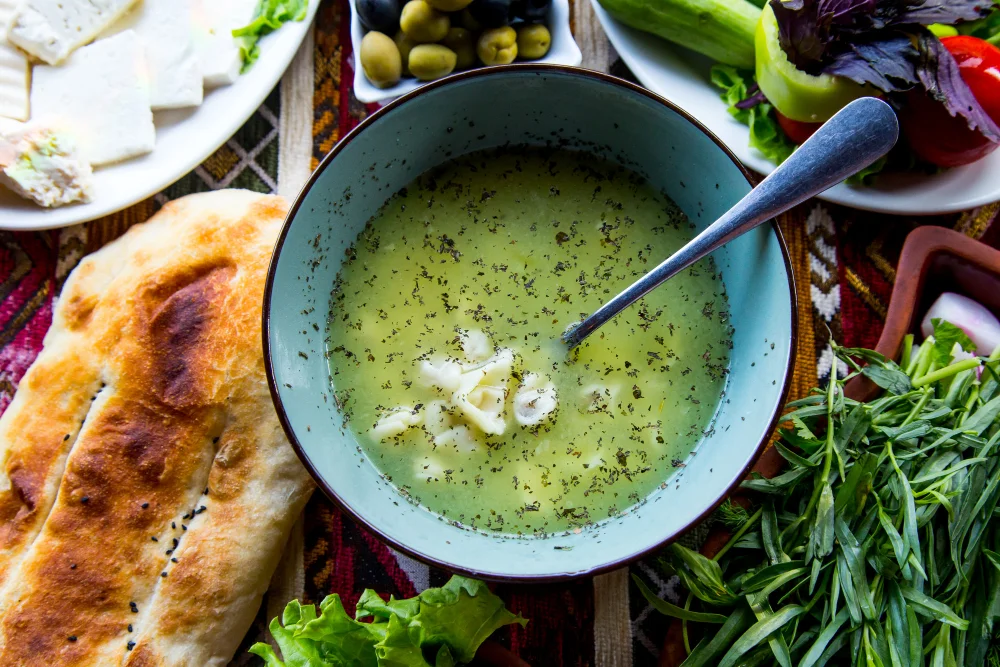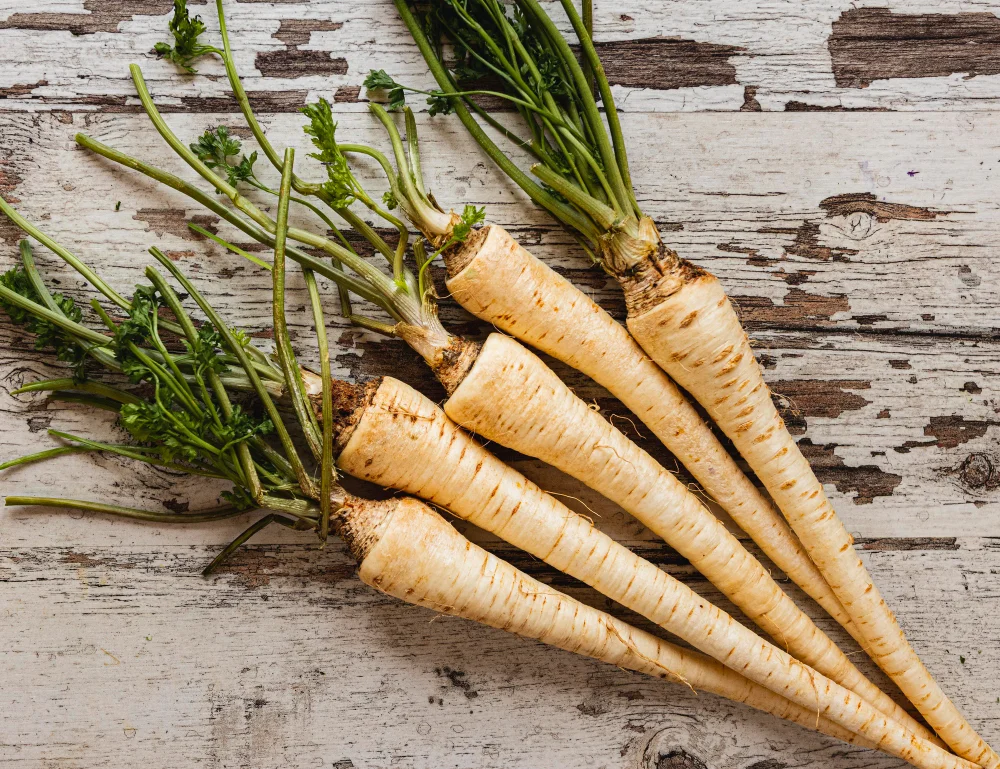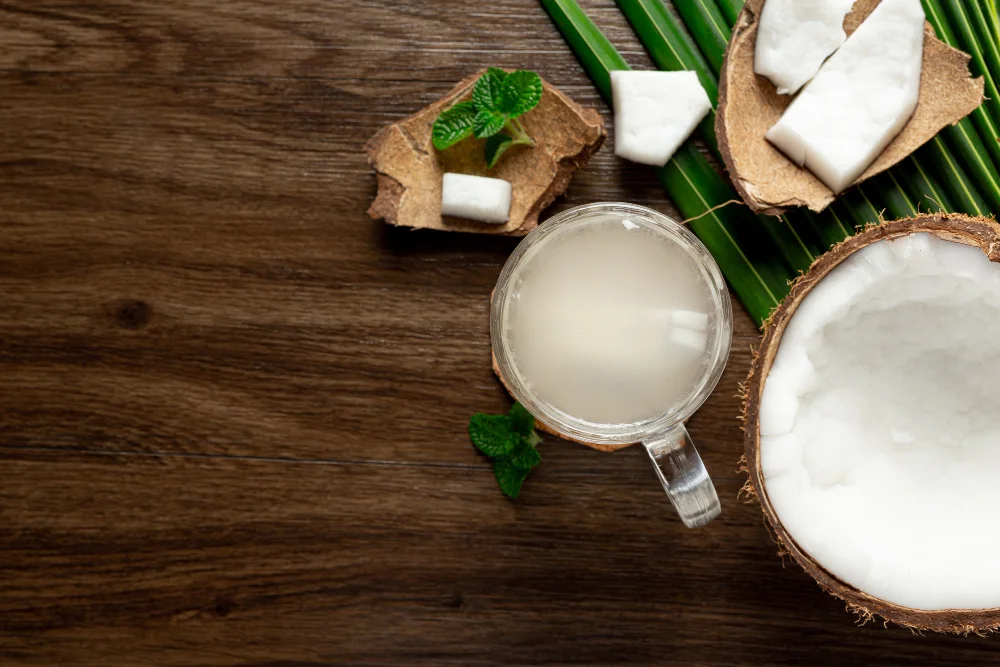Does Horseradish Go Bad? And What That Means for Your Dinner Table…
Have you ever opened a jar of horseradish, taken a bold whiff—and wondered: “Is this still good?” I know I have. One chilly evening, I tackled a leftover beef stew and felt confident I’d reach for a fresh dollop of horseradish… only to recoil at its off‑smell. Determined to find out what was happening, I dove into research, spoke to food scientists, tested jars in my own fridge—and here’s everything you need to know to avoid a ruined meal (and a ruined palate).
Why This Matters
Horseradish is more than just a pungent condiment—it’s a centuries‑old tradition in Europe, a natural preservative, and a punchy accent in dishes from roast beef to beetroot salads. But like all living things, even condiments age. Understanding its shelf life means better flavour, safer meals, and fewer trips to the rubbish bin.
With Q3 supermarket prices on the rise across the UK, getting the most out of your store cupboard staples is essential. So let’s answer the question on everyone’s mind:
Yes—horseradish absolutely can go bad. But knowing the signs, care tips and smart swaps means you’ll enjoy it fresh, safe and sensational every time.
What Is Horseradish, Really? 🥄
Horseradish (Armoracia rusticana) is a root vegetable in the mustard family. It’s the root we grate or grind—either fresh or preserved in vinegar—to produce that characteristic heat. Raw horseradish boasts compounds like mustard oil glycosides (allyl isothiocyanate), which give it that sinus-clearing punch.
But here’s the twist: while these compounds protect against microbes initially, over time they degrade. That’s why even a jar that once felt explosive can become dull, “off”, or worse.
How to Know If Yours Has Expired
1. Date Labels – a Guide, Not Gospel
- Best before: indicates peak flavour; often conservative.
- Use by: safety indicator for perishable; rarer on condiments.
Most horseradish jars carry a “best before” date. If you’re past that, it’s worth a sniff, but never assume it’s unsafe just based on the calendar.
2. Sensory Checks—Your Best Tools
Sight
- Off‑white or brown specks?
- Mold or fuzzy growth? Throw it away.
Smell
- Should be sharp, clean, even nasal-clearing.
- If it smells sour, musty, or “off” – bin it.
Taste
- A tiny dab can tell you volumes.
- If the heat is absent or taste seems “flat” or strange, it’s past its prime.
3. Texture Clues
Horseradish is typically smooth or lightly coarse. If it’s runny, watery or separated—and shaking doesn’t fix it—trust your instincts.
Why It Goes Bad: A Two‑Pronged Story
A) Oxidation of Volatile Oils
When grated or jarred, the oils react with air, heat and light, reducing potency and creating off‑flavours. That’s why:
- Freshly grated root is always more pungent.
- A jar stored in heat/light loses spice over weeks—even unopened.
B) Microbial Risk
Though vinegar creates an acidic shield (pH ~3–4), it’s not foolproof. Once you dip the spoon in:
- Tiny bacteria from utensils or hands may enter.
- Moisture and warmth catalyse growth.
- This leads to spoilage or, rarely, food-borne illness.
Best Practices for Storage & Longevity
1. Buy the Right Version
- Fresh root (unprocessed): store in the fridge or freezer; more potent but perishable.
- Prepared horseradish in vinegar: shelf-stable unopened; very flavourful when fresh.
2. After Opening
- Always use a clean spoon.
- Tighten the lid after each use.
- Store in the coldest fridge section (not the door).
- Consume within 6–8 weeks for peak flavour (even before BBD).
3. Reviving Dull Horseradish
If the smell’s faded but it looks and tastes okay:
- Add a splash of white wine vinegar or lemon juice (1 tsp / 100 g).
- Let it rest for 30 minutes; the acidity can “wake it up”.
- If that fails, consider it condiment history.
Fresh vs. Prepared: Which Is Best?
Fresh Grated Root
- Pros: Maximum kick, natural texture.
- Cons: Short lifespan; stains hands; can overwhelm.
Prepared Jarred with Vinegar
- Pros: Ready to go, consistent flavour, lasts months refrigerated.
- Cons: Slight vinegar taste, slower fade of heat.
Expert insight:
Renowned chef and forager Lindsey Walker told me:
“Grated horseradish adds an electric punch—but you’ve got maybe 10 minutes post‑grating before it begins to mellow. Choose jars if you need reliable shelf life.”
Real‑Life Trial: My Kitchen Test
I kept three versions over eight weeks:
- Freshly grated – potent at first; dramatic flavour drop after 3 days.
- Jarred, opened – slow decline; hit “meh” stage by week 7.
- Unopened jar – safe at week 12; still passable but dull.
Result? Jarred is best for fridge longevity; fresh for heat on demand.
Health Angle: Can Bad Horseradish Make You Sick?
While vinegar offers some antibacterial protection, once contaminated, it can harbour bacteria like Listeria. Symptoms may appear in pregnant people, older adults, or immunocompromised individuals—headaches, nausea, dizziness.
Rule of thumb: If in doubt—bin it.
Quick Takeaways Table
| Question | Answer |
|---|---|
| Does horseradish go bad? | Yes—through oxidation and microbial action. |
| How to tell? | Smell, sight, taste, texture—all matter. |
| How long does it last? | Fresh root: 3–5 days; opened jar: 6–8 weeks; unopened: up to 12 months+. |
| How to revive flavour? | Add a touch of vinegar or lemon juice. |
| Health risk? | Rare, mostly if tainted; if foul, discard immediately. |
FAQ
Q: How long does jarred horseradish last in the fridge?
A: Best within 6–8 weeks of opening, but safe up to 12 months if unopened, provided it smells and tastes fine.
Q: Can I eat horseradish past its “best before” date?
A: Yes—as long as it smells, looks, and tastes normal. Always rely on sensory checks.
Q: Why does horseradish go flat over time?
A: Its volatile oils oxidise quickly, reducing pungency. Refrigeration slows this but doesn’t prevent it entirely.
Q: Is mouldy horseradish dangerous?
A: Always discard any jar with visible mould. The vinegary acidity isn’t enough to kill all mould spores.
Evergreen Expert Wisdom
- ➤ Keep quality herbs: Store away from heat and light.
- ➤ Grate on demand: Maximise flavour with freshly grated root.
- ➤ Transparent labelling: Date your opened jars for peace of mind.
These aren’t fads—they’re kitchen fundamentals that endure, no matter how algorithms or culinary trends evolve.
Your Turn!
What’s your favourite way to use horseradish? Do you swear by fresh root, or are you team-vinegar jar? Share your kitchen hacks—or feel free to ask your pressing questions below. And if you’re wondering about another root or condiment (wasabi? ginger?), just say the word—I’d love to investigate next!
Final Thoughts
Horseradish is vibrant, peppery, and versatile—but like any good thing, it fades without care. By understanding how it ages, storing it properly, and trusting your senses, you’ll elevate every roast, salad or sandwich. And you’ll save your taste buds—and sanity—by avoiding that dreaded “off” jar.
Thanks for reading! Drop a comment, save this guide for your next roast, and let’s keep the zest alive together.
Read Also: 15 Best Cooked Sushi Rolls













